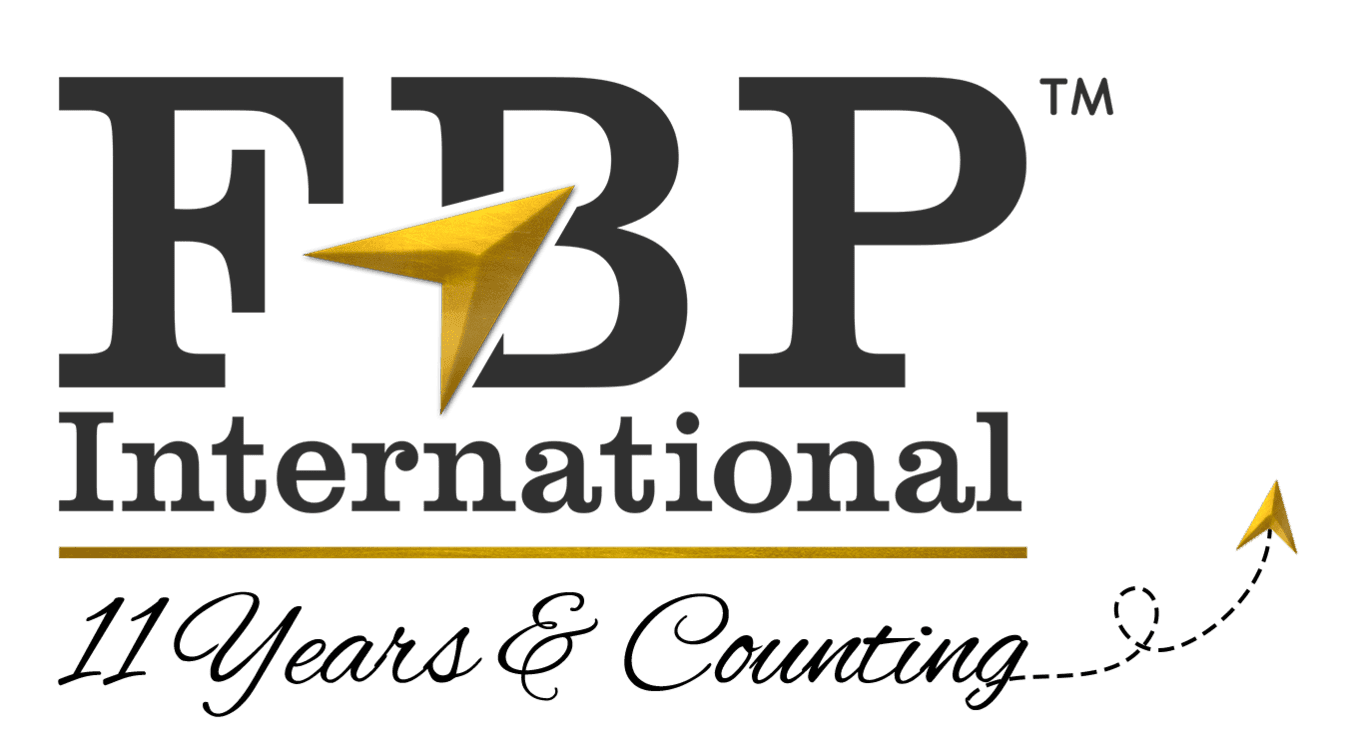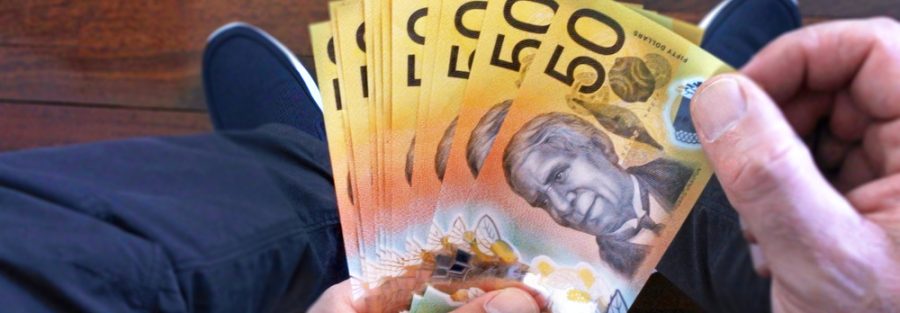One of the biggest expenses in Australia is accommodation. Costs vary depending on the city and location.
- Sydney & Melbourne – The most expensive cities, with rent for a one-bedroom apartment in the city centre ranging from AUD 2,500 to AUD 3,500 per month.
- Brisbane, Adelaide & Perth – More affordable, with rental prices between AUD 1,800 and AUD 2,500 per month.
- Smaller Cities & Regional Areas – Housing is significantly cheaper, with rents starting from AUD 1,200 per month.
💡 Tip: Consider shared housing or suburban areas to reduce costs.
On average, utility costs for a small apartment include:
- Electricity & Gas: AUD 150 – AUD 250 per month
- Water: AUD 50 – AUD 100 per month
- Internet & Phone: AUD 70 – AUD 120 per month
Grocery shopping in Australia is generally affordable if you shop at supermarkets like Coles, Woolworths, and Aldi. Expect to spend:
- Single person: AUD 350 – AUD 600 per month
- Family of four: AUD 1,000 – AUD 1,500 per month
Dining out can be expensive, with meals at a mid-range restaurant costing AUD 20 – AUD 40 per person.
💡 Tip: Buy fresh produce from local markets for better prices.
Public transport is reliable and well-connected, but costs vary by city. Most cities use Myki (Melbourne), Opal (Sydney), and Go Card (Brisbane) systems.
- Monthly Public Transport Pass: AUD 150 – AUD 220
- Owning a Car: Fuel costs AUD 1.80 – AUD 2.20 per litre, with insurance and maintenance adding AUD 100 – AUD 300 per month.
💡 Tip: Many cities offer discounts on public transport for students and concession card holders.
Australia has Medicare, a government-subsidized healthcare system. If you are a permanent resident or on certain visas, you may qualify for free or discounted medical care.
- Doctor’s Visit: AUD 80 – AUD 150 (Bulk billing can reduce costs)
- Private Health Insurance: AUD 100 – AUD 300 per month (for better coverage)
For families with children, schooling costs depend on whether your child attends a public, private, or international school.
- Public Schools: Free or AUD 4,000 – AUD 6,000 per year (for temporary visa holders)
- Private Schools: AUD 15,000 – AUD 35,000 per year
- Childcare: AUD 100 – AUD 180 per day
💡 Tip: Government subsidies can reduce childcare costs for eligible residents.
7. Miscellaneous Expenses
- Gym Membership: AUD 50 – AUD 100 per month
- Entertainment (movies, outings, etc.): AUD 100 – AUD 300 per month
- Clothing & Shopping: AUD 100 – AUD 500 per month
| Expense Category | Single Person | Family of Four |
| Rent (City Apartment) | AUD 2,500 | AUD 3,500 |
| Utilities & Internet | AUD 300 | AUD 500 |
| Groceries | AUD 500 | AUD 1,200 |
| Transport | AUD 200 | AUD 400 |
| Healthcare | AUD 150 | AUD 400 |
| Miscellaneous | AUD 300 | AUD 600 |
| Total | AUD 3,950 – AUD 4,500 | AUD 6,500 – AUD 7,500 |
While Australia offers a high standard of living, it also comes with a relatively high cost of living. However, with proper budgeting and financial planning, new immigrants can comfortably manage expenses and enjoy a great quality of life.
🔹 Choosing regional areas, using public transport, and taking advantage of government support programs can significantly reduce costs.
Thinking about moving to Australia? Make sure to plan your finances in advance for a smooth transition!




